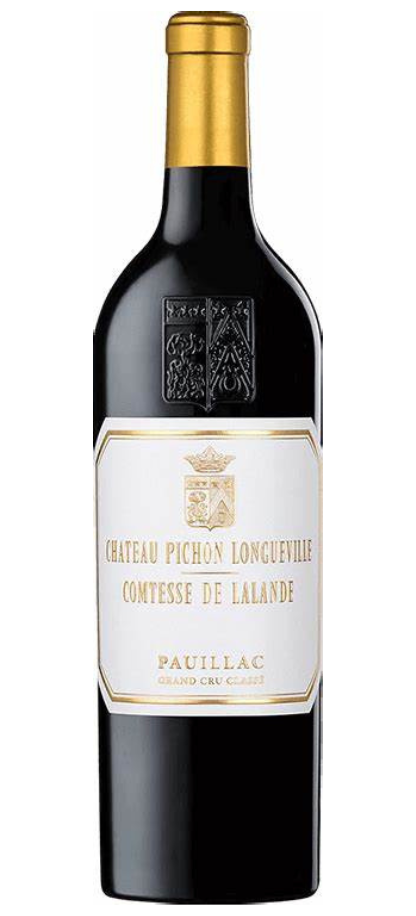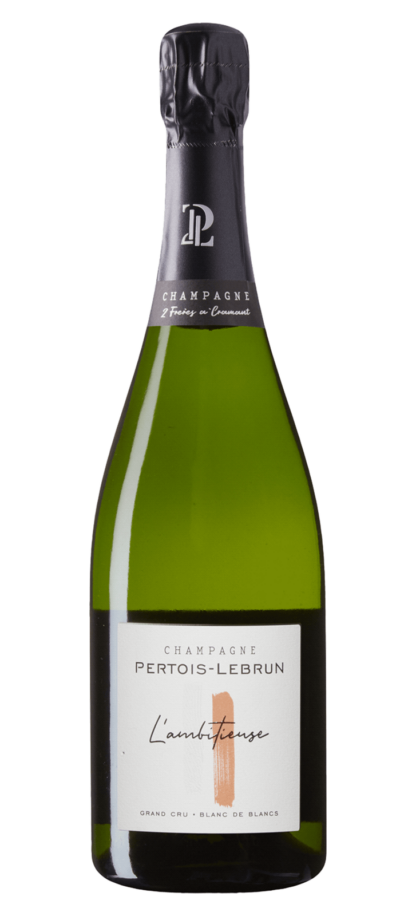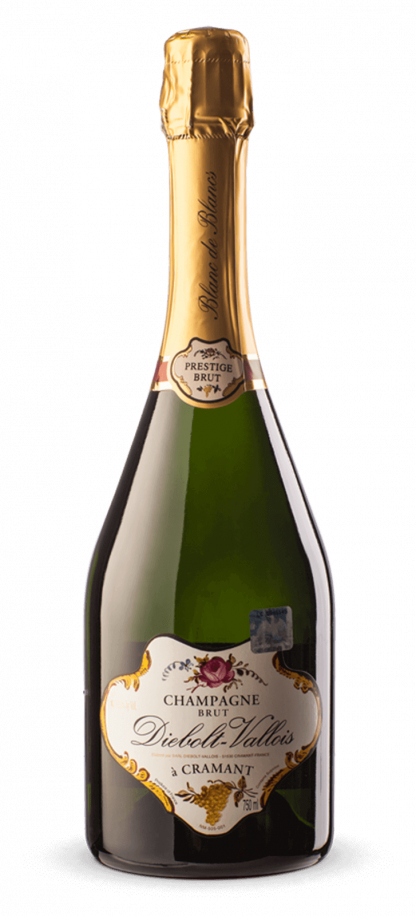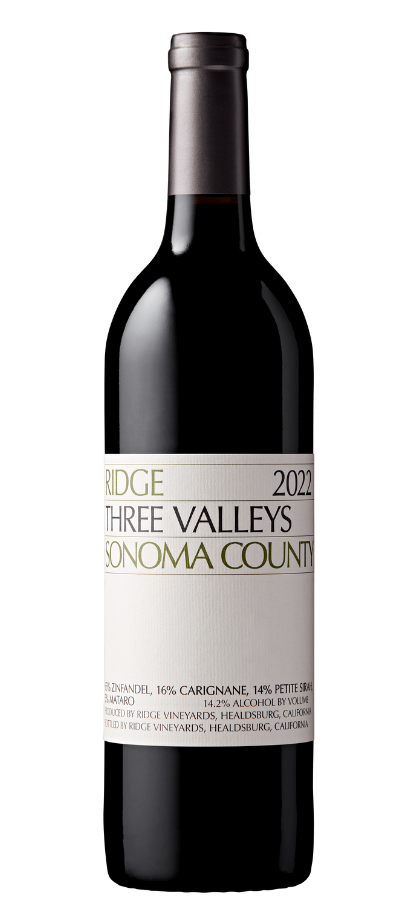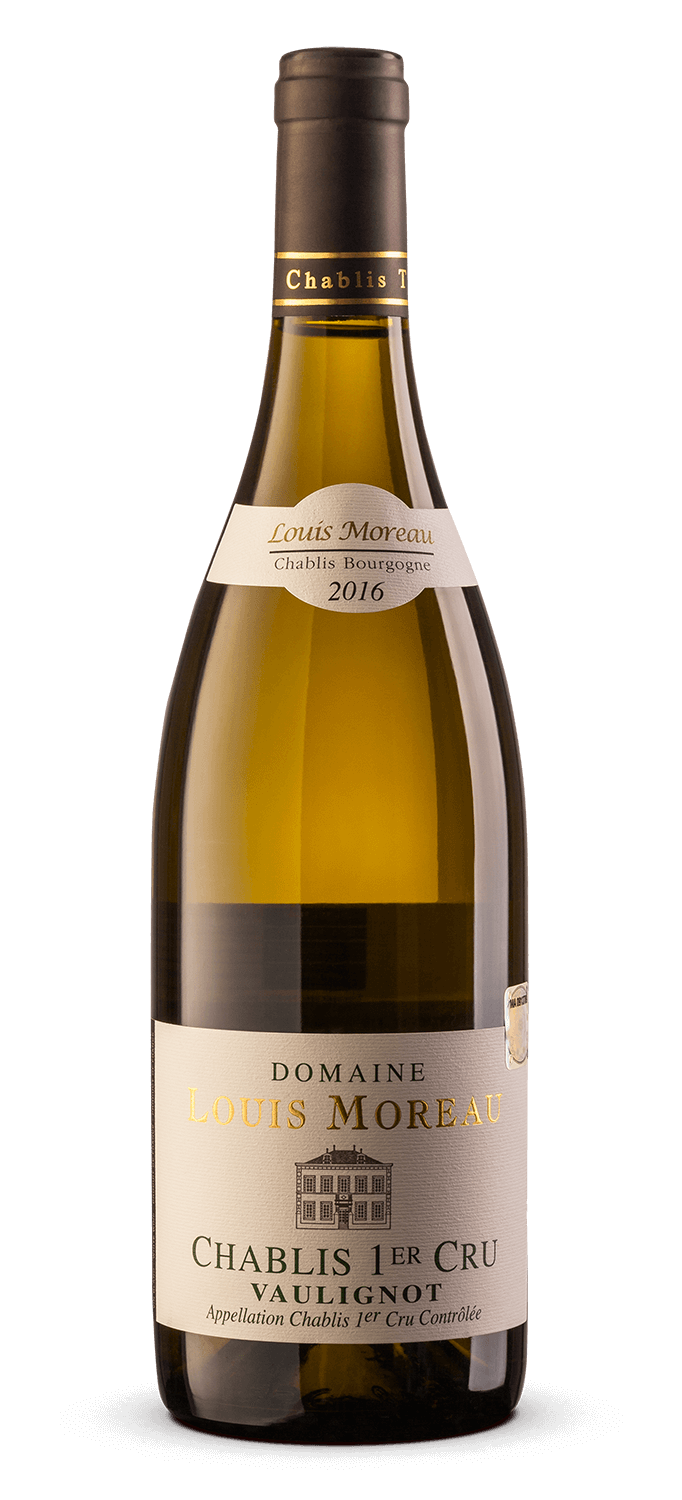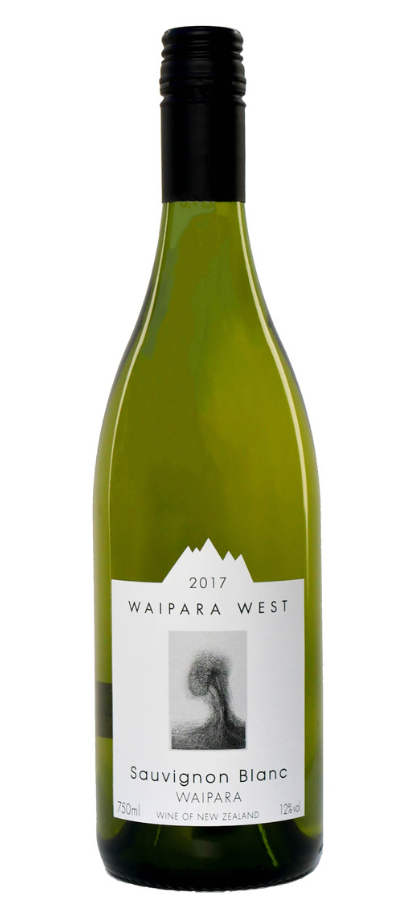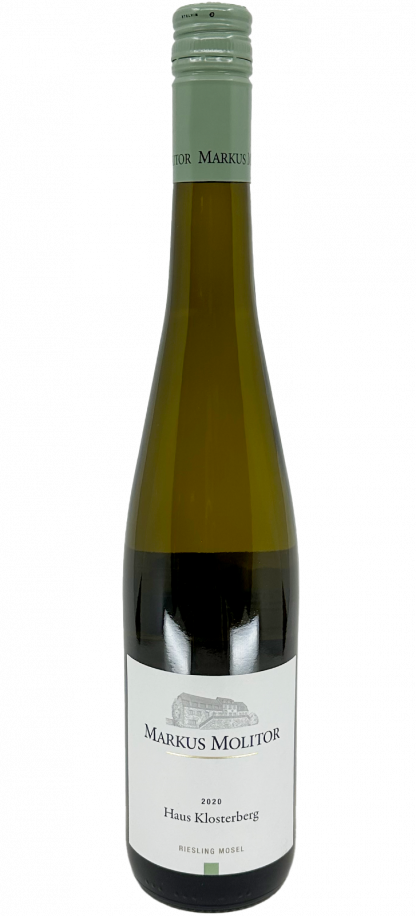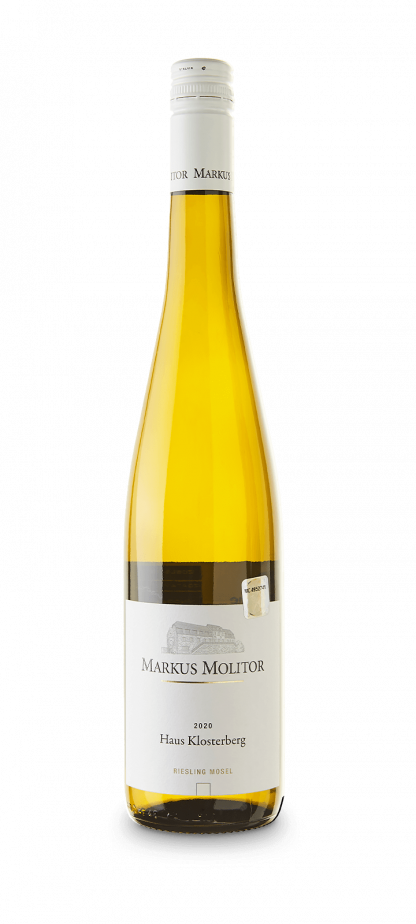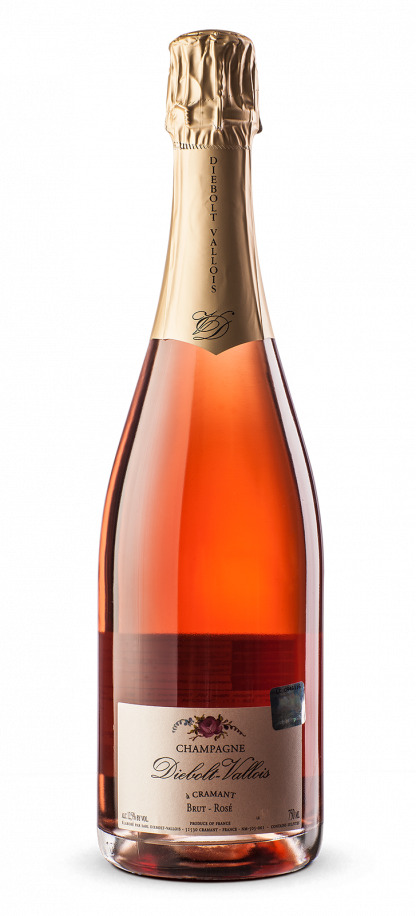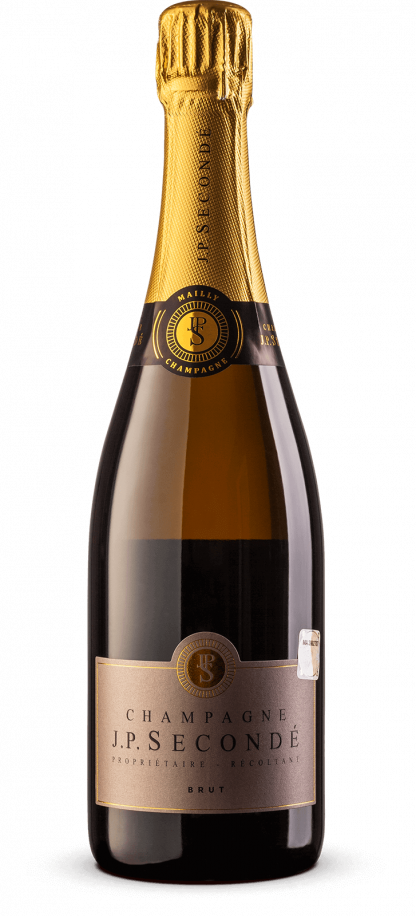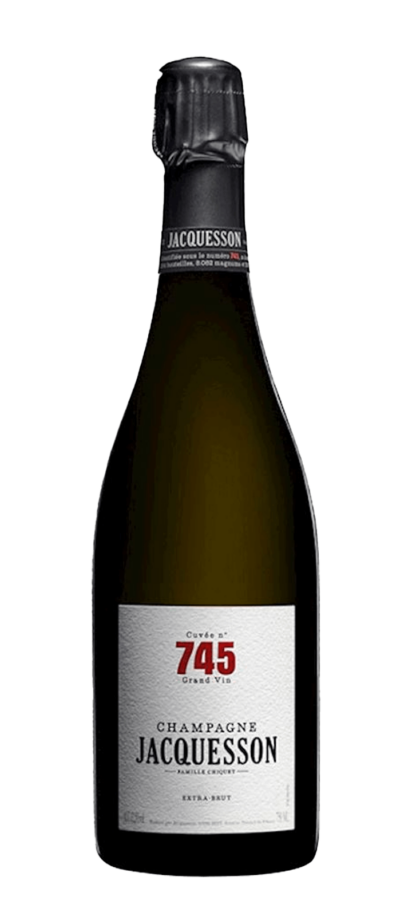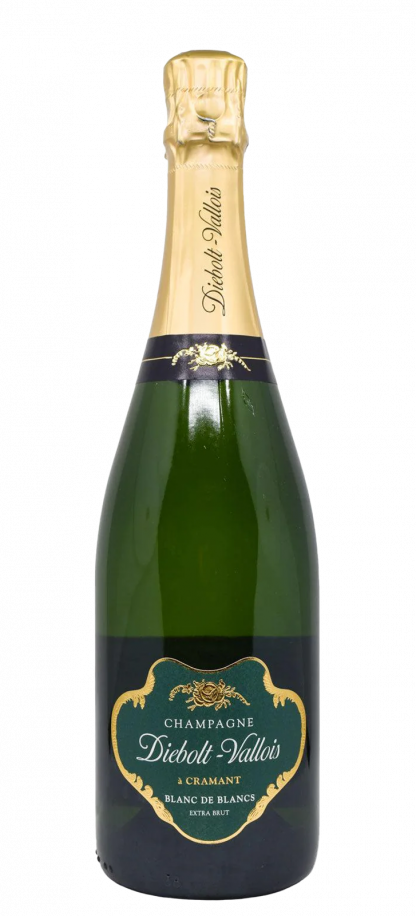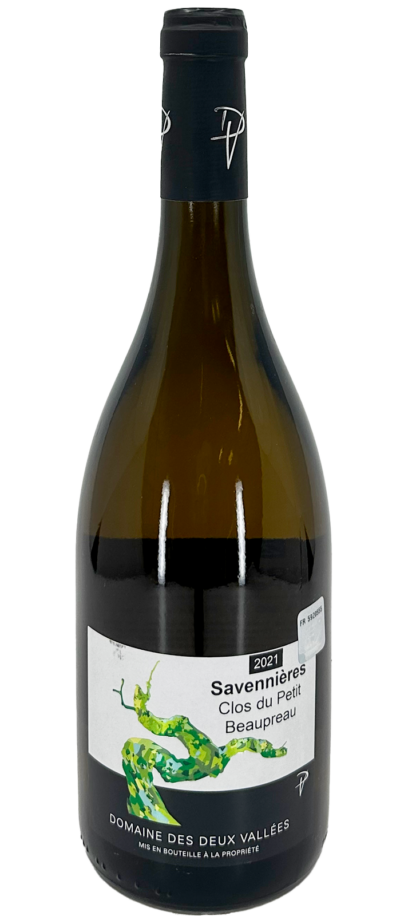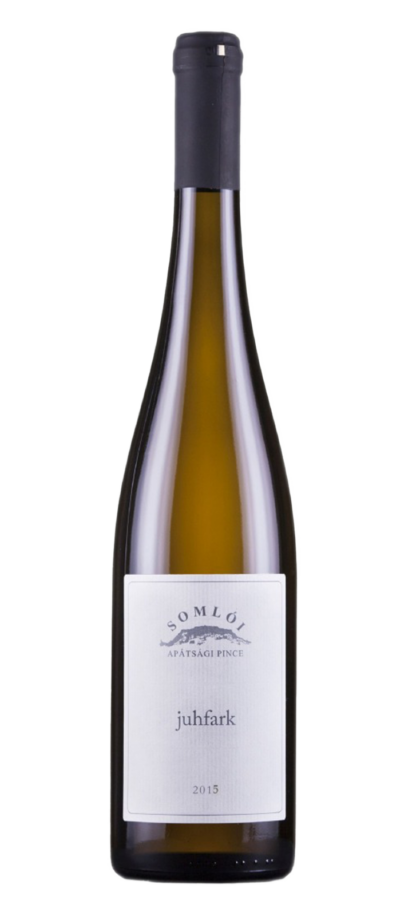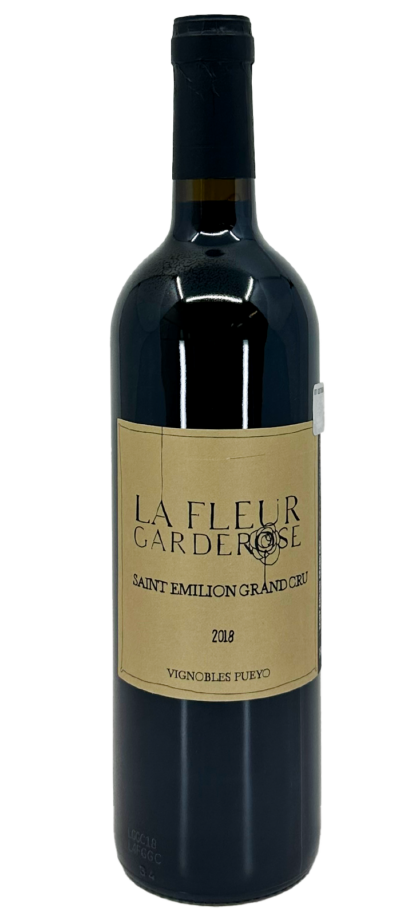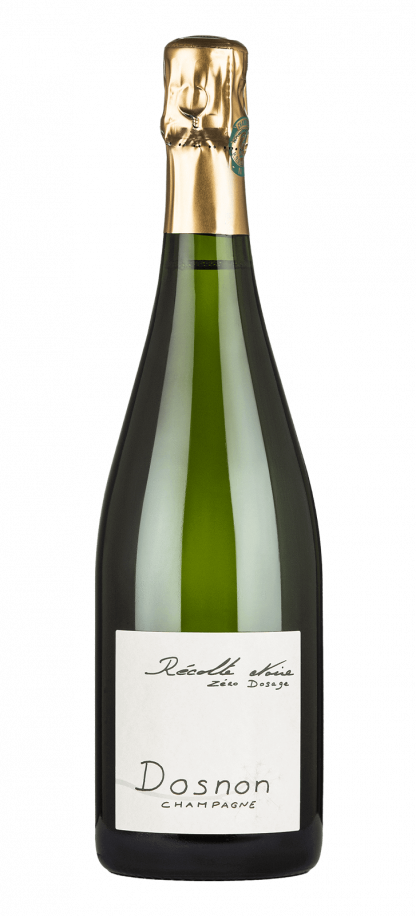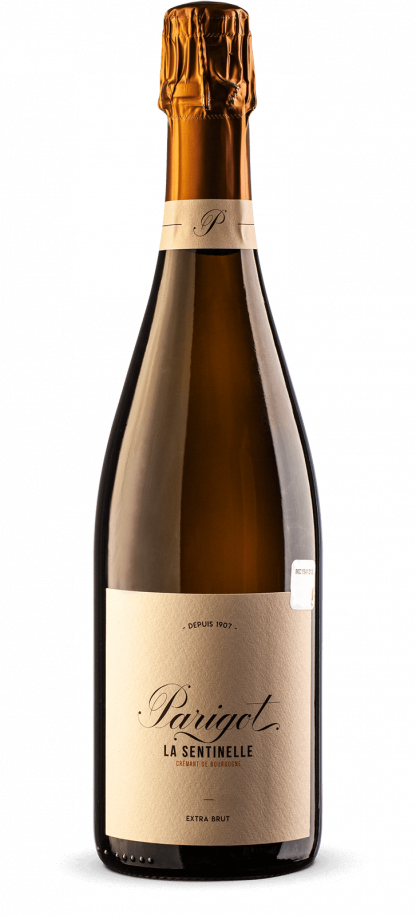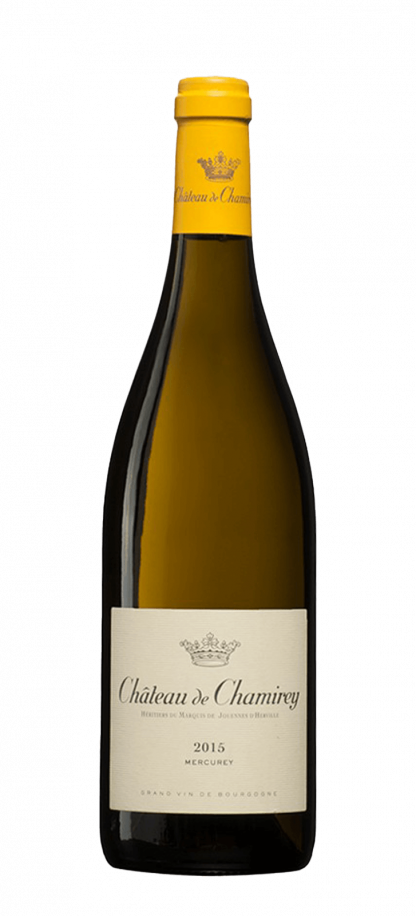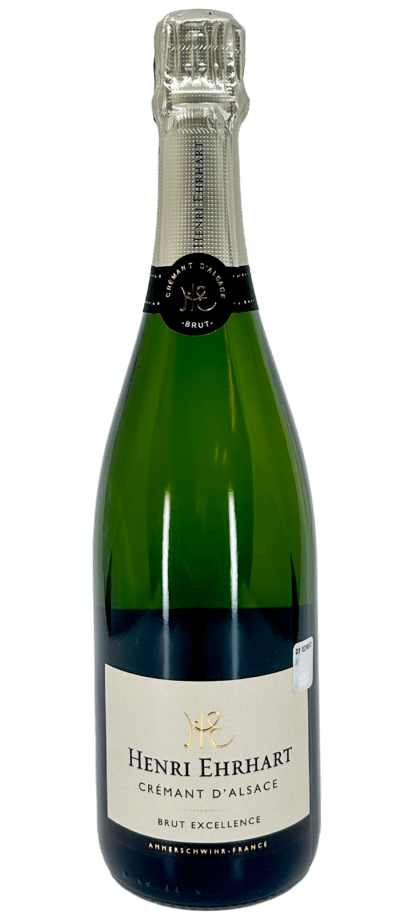Louis Moreau Chablis 1er Cru “Vau Ligneau” 2023
Louis Moreau Chablis 1er Cru “Vau Ligneau” reveal a vibrant bouquet of green apple, citrus, and white flowers, complemented by hints of flinty minerality and a touch of brioche. On the palate, it offers a medium-bodied texture with crisp acidity, featuring flavors of lemon zest, pear, and a subtle hint of almond, leading to a long, refreshing finish. This Chardonnay is celebrated for its balance, clarity, and the harmonious integration of fruit and mineral notes.
Louis Moreau Chablis 1er Cru “Vau Ligneau” pairs beautifully with seafood dishes such as scallops, shrimp, or oysters, where its acidity and minerality enhance the delicate flavors. It also complements light poultry dishes and creamy cheeses, providing a refined and satisfying dining experience with its vibrant and elegant character.
13 in stock






